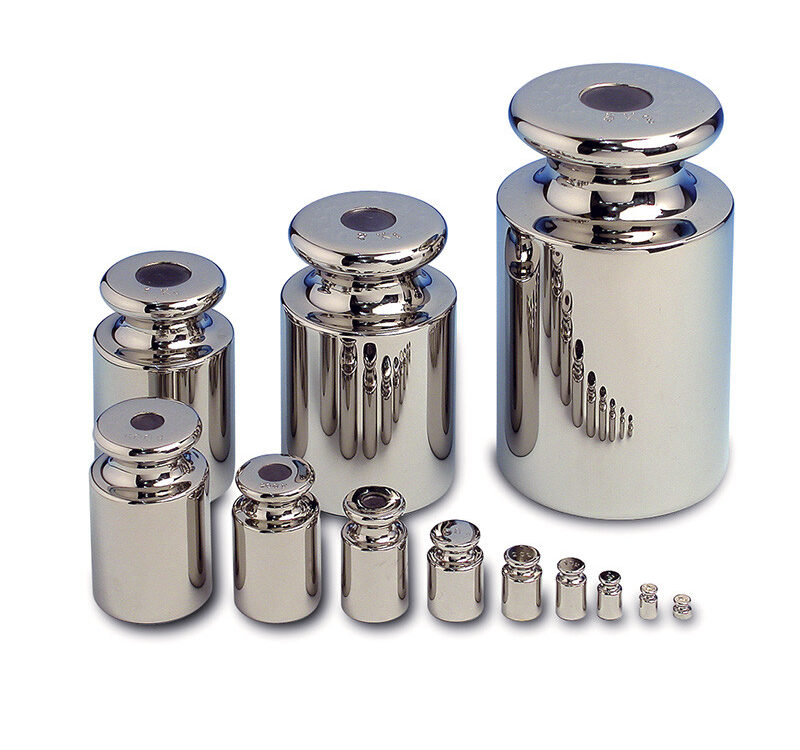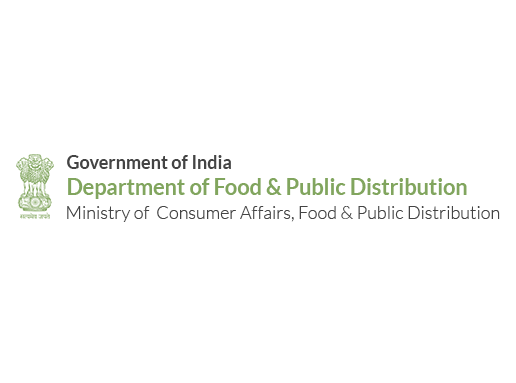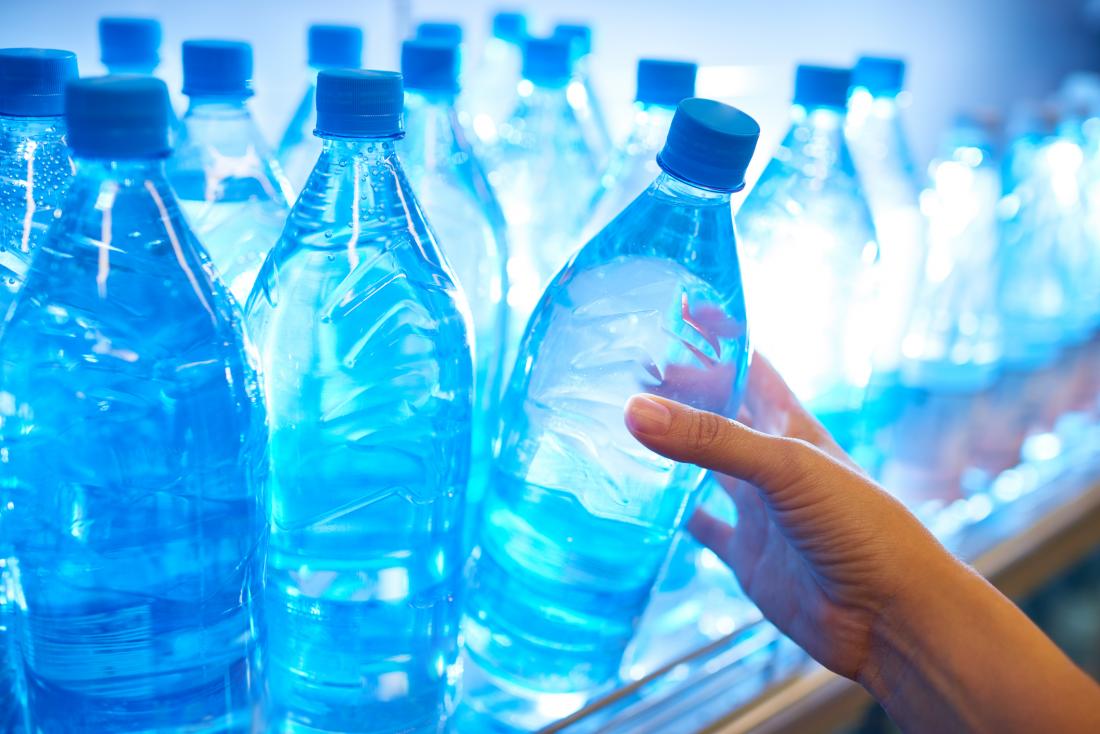If it is not, you could be in trouble as the government could come knocking on your door for violating the Legal Metrology Rules. And if you are putting in that little extra to ward off the threat, that is money lost for no gain. Imagine packing a 4 g candy with 4.1 g as net weight and you have lost about 7 candies (or Rs. 7/- at typical pricing) for every kg of candy. But not all is bad and if you follow the rules, you could save the hassle.

The Legal Metrology (Packaged Commodity) Rules, 2011 published by the Department of Consumer Affairs tell you exactly what you should do to be compliant. As a business, you must manufacture, pack, import, distribute or sell any pre-packaged commodity in accordance with the quantity or number in standard weight or measure as prescribed. (showfile (indiacode.nic.in))
What is Legal Metrology?
Metrology is a science of measurement. Legal metrology is the application of legal requirements to measurements and measuring instruments. The department of Legal Metrology is a regulatory department that is responsible for maintaining uniformity and accuracy in all weights and measures, weighing and measuring instruments used by the industry.
Every day, consumers, traders, government regulators, and industry make decisions based on measurement results. These measurements affect economic and personal well-being. From a consumer’s perspective, for example, a kilogram of rice must be a kilogram and no less. A fair trade society has confidence in all measurements, with transparency for consumers, businesses, and regulators.
The Act: Legal Metrology Act, 2009:
The Act came to force on March 01, 2011. Prior to this act, the Standards of Weights and Measures Act, 1976 and Standards of Weights and Measures (Enforcement) Act, 1985 existed which were repealed under Section 57(1) of the present act. The preamble of the act is:
“The Legal Metrology Act, 2009; is an act to establish and enforce the standards of weights & measures, regulate trade & commerce in weights, measures & other goods, which are sold or distributed by weights, measure or numbers or matters connected therewith or incidental thereto.”
Businesses not adhering to legal requirements can attract punishment and monetary penalties depending upon the degree of the offense committed.
Every unit of weight and measure shall be in accordance with the metric system based on the International system of units. (Reference: act3.pdf (legal metrology-up.gov.in)).
The Legal Metrology rules also apply to food like any other products and FSSAI, the statutory body responsible for maintaining Food Safety and Standards in India specifies the same.
As per the FSSAI, to get the correct measurements, the food business shall calibrate their measuring instruments/equipment like weighing balances, temperature gauges of refrigerators and chillers, etc. which are critical to food safety. (Reference: training manual of retail and distribution.pdf (fssai.gov.in)). This means that not only does the finished product need to comply, but the instruments that you use to measure and monitor the ingredients, and the process also need to comply and be calibrated.
What is Calibration?.
Calibration is the documented comparison of the measurement device to be calibrated against a traceable reference device. With some quantities, the reference is not always a device, but can also be for example a mass, mechanical part, physical reference, reference liquid, or gas.
Selecting a suitable reference weight for calibration
Calibration weights give assurance that weighing balances are giving accurate readings. However, there are different classes of calibration weights that are based on the accuracy or tolerance of the weight. Sometimes, selecting a calibration weight for an FBO is a critical yet difficult task.
In India, Legal Metrology is based on the metric system and international system of units recognized by OIML- the Internal Organization of legal metrology.
India is one of the members of OIML. (Reference: OIML R 111-1 (E) Edition 2004), Food Regulatory Portal – One Nation, One Food Law (fssai.gov.in)
OIML: The International Organization of Legal Metrology (OIML) is an intergovernmental organization that develops model regulations, standards, related documents for use by legal metrology authorities and industry. From lowest (most accurate) to highest tolerance, the OIML classes are E1, E2, F1, F2, M1, M2, and M3.
For any weight, weighing or measurement instrument, the maximum permissible error (MPE) indicates the extreme values of the error in excess or/and in deficiency permitted by its respective legal requirement. It is synonymous with the term “tolerance”.
Classes of OIML weights and their application:
Class E1: Weights intended to ensure traceability between national mass standards (with values derived from the International Prototype- a first or preliminary version of a device from which other forms are developed of the kilogram) and weights of class E2 and lower. Class E1 weight sets shall be accompanied by a calibration certificate.
Class E2: Weight intended for use in the verification or calibration of class F1 weights and for use with weighing instruments of special accuracy of class I (which is the highest accuracy class). Class E2 weights shall be accompanied by a calibration certificate.
Class F1: Weight intended for use in the verification or calibration of class F2 weights and for use with weighing instruments of special accuracy of class I and higher accuracy of class II.
Class F2: Weights intended for use in the verification or calibration of class M1 and possible class M2 weights.
Class M1: Weights intended for use in the verification or calibration of class M2 weights, and for use with weighing instruments of medium accuracy class III.
Class M2: Weights intended for use in the verification or calibration of class M3 weights and for use in general commercial transactions and with weighing instruments of medium accuracy class III.
Class M3: Weights intended for use with weighing instruments of medium accuracy class III and ordinary accuracy class III.
Classes M1–2 and M2–3: Weights from 50 kg to 5000 kg of lower accuracy intended for use with weighing instruments of medium accuracy class III.
All the measuring and monitoring equipment must be calibrated. They must come with a certificate confirming that the lab calibrating the weights is accredited or need to demonstrate compliance with the requirements with the legally recognized bodies.
NABL is a Constituent Board of Quality Council of India for giving Conformity.
Materials, Styles, and Construction of weights
Legal Metrology general rules 2011 gives the specifications of material used, construction, and design of standard weight.
For example, The materials for weights of 5 kg to 1g shall be made from admiralty bronze, nickel, chromium alloy, or austenitic stainless steel (Reference: Legal Metrology (General Rules) 2011 (megweights.gov.in))
General materials and styles which can be found in the market are as follows:
Cast Iron: Cast iron test weights are painted gold if measured in metric units (SI, g, or kg) or silver if measured in avoirdupois (uses pounds or ounces as units). The materials should be corrosion-resistant. Most test weights come with an adjusting cavity for sealing.
- Styles

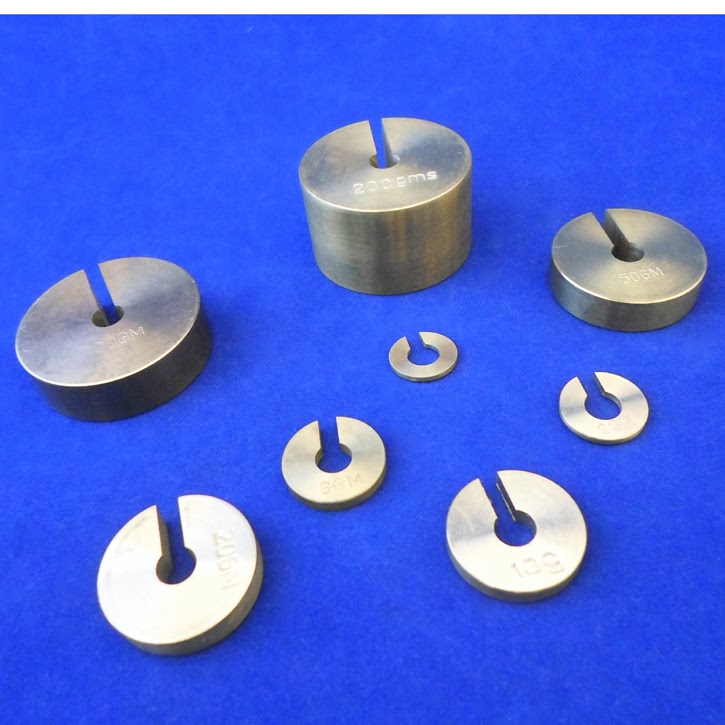

Stainless steel: Stainless Steel weight is an excellent corrosion-resistant metal. specifications and tolerances
- Styles
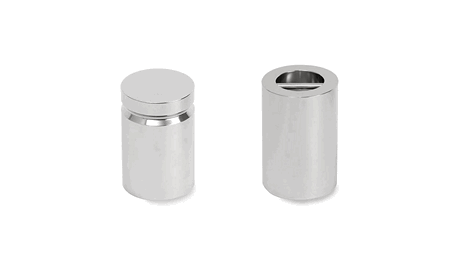

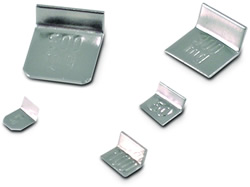
Aluminum (Small in size) Aluminum is a low-density metal with good corrosion resistance. It is often anodized (coated with a protective oxide layer by an electrolytic process in which metal forms the anode) to enhance corrosion resistance.
- Styles



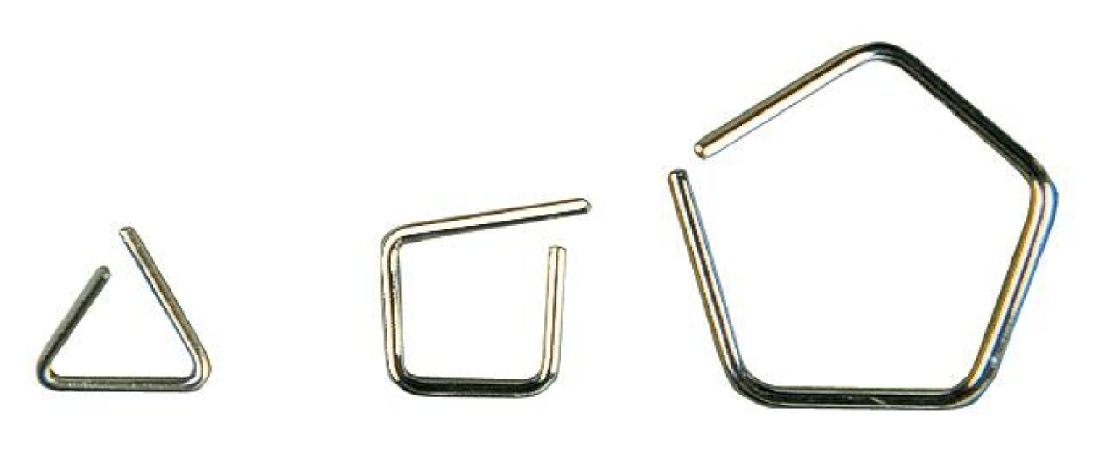
Things to keep in mind:
Test weights should be purchased in the same measurement units that you are weighing so that the potential error in weight conversions can be avoided. For example, if you are measuring in metric units then make sure that you purchase metric test weights. Another thing to keep in mind while purchasing test weights is that the test weights materials should not get magnetized easily as they can give invalid readings.
Weights should be handled properly, especially higher class weights like OIML E1, E2, and F1 which are highly polished metal, typically stainless steel, and should not be directly touched with hands. You can refer to the guidelines on proper storage and handling of test weights online on the manufacturer’s site. It is recommended to get expert advice before selecting the correct test weights.
Conclusion:
The role of calibration of weight in food manufacturing and packaging is as critical as any other calibrations and it is important to have weight according to the legal requirements.
Calibration gives confidence in using the equipment. However, the frequency for testing and calibration depends on the frequency of its use and the accuracy of the application. For a business, inaccurate weight can lead to spending more time and money. The calibrated weights can reduce the chances of mistakes during operations.
In the end, it can be concluded that the calibration is an investment made by the business that can strengthen the customer’s confidence.
Author:

Swati Sonalika is a Food Technologist and goes to quite an extent to tell the food businesses what they can do to improve food safety and hygiene. She is an Associate Consultant at Food Safety Works and regularly audits food businesses to check on their compliance.

